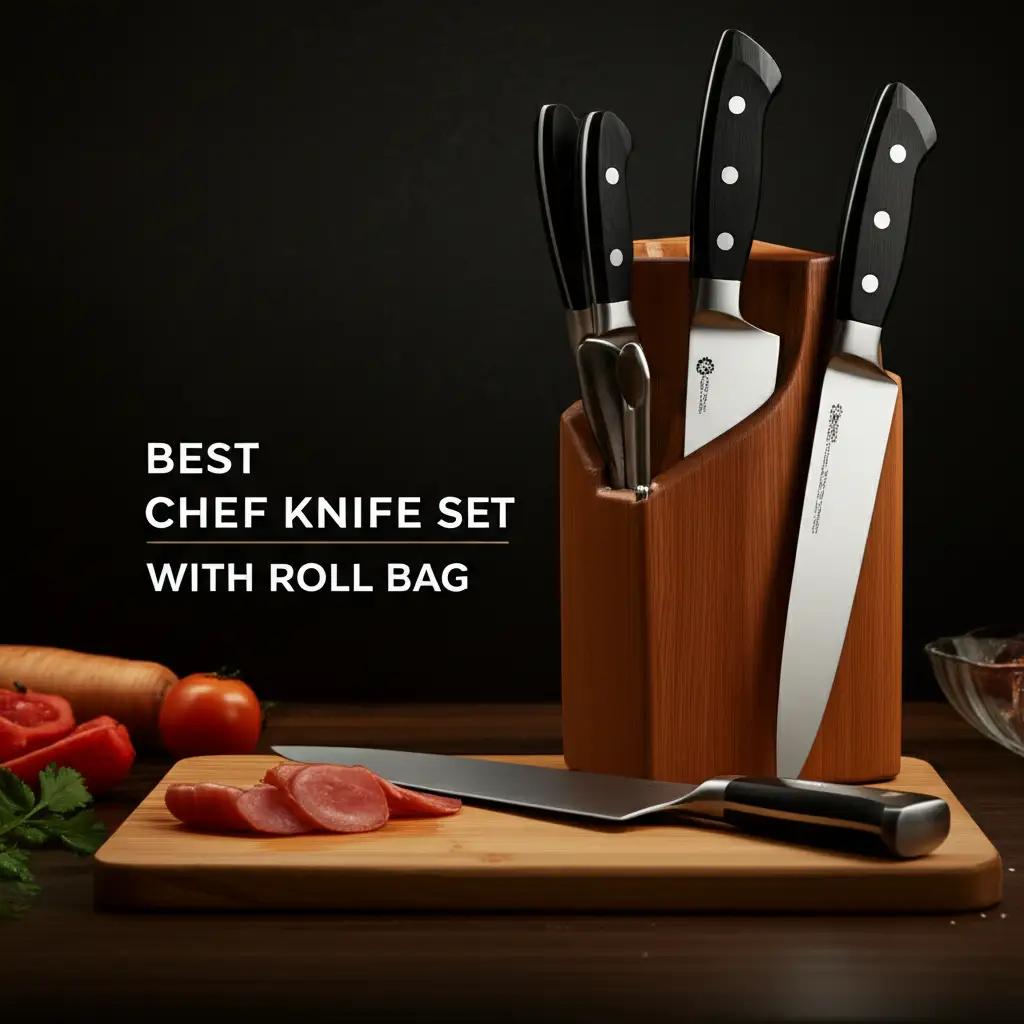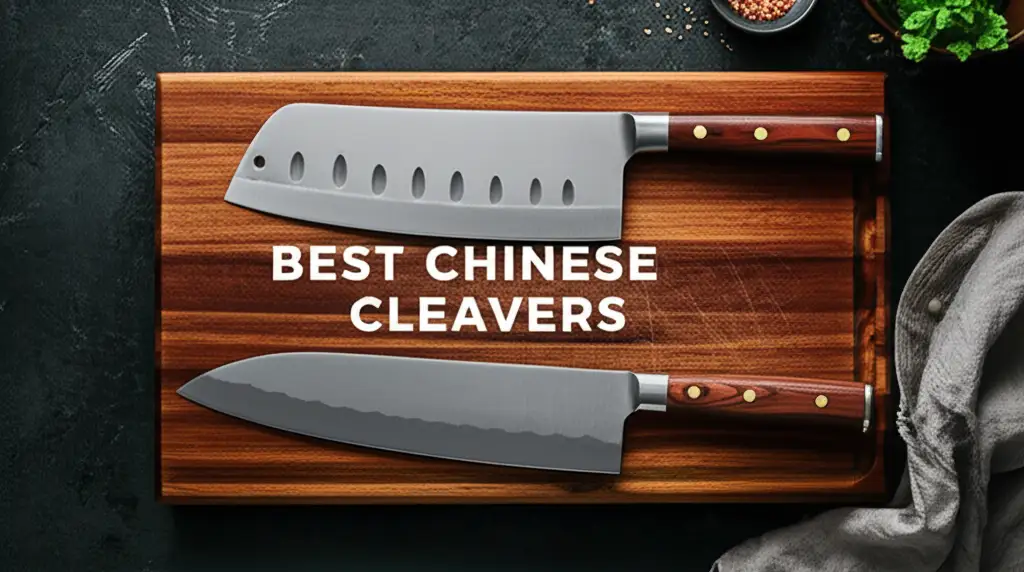· Elira Thomsen · Rugs & Textiles · 12 min read
What Are Mill Trial Rugs

Unraveling Mill Trial Rugs: Your Guide to Unique Finds
Have you ever seen a rug that truly stands out? Perhaps it had a pattern you had never encountered before. It might have used unusual colors or a surprising texture. These special rugs often make us wonder about their origin.
This article explores a fascinating category of floor coverings: mill trial rugs. These are not your everyday retail items. They offer a unique story and distinct character. We will discuss what these rugs are, why they come into existence, and what makes them so special. You will learn about their potential benefits and important buying considerations. Finally, we will show you where to find these hidden gems and how to care for them.
Takeaway
- Mill trial rugs are prototype or experimental rugs.
- They often feature unique designs or materials.
- They can offer significant savings.
- Minor imperfections are common but add to their story.
- They are exclusive, one-of-a-kind pieces.
Mill trial rugs are experimental pieces created by rug manufacturers. Mills make these rugs to test new designs, colors, materials, or weaving techniques. They serve as prototypes for future collections. These rugs are unique, often one-of-a-kind items, not typically sold through regular retail channels.
The Genesis of Mill Trial Rugs
Every beautiful rug you see in stores started somewhere. Before a design goes into full production, manufacturers test it. This testing involves creating trial versions. These are the mill trial rugs we discuss.
A rug mill is a factory where rugs are made. They invest heavily in design and material research. To ensure a new design works, they produce small batches. These small batches are the “trial” pieces. They help the mill check color accuracy, material performance, and how the pattern looks when woven.
Mills use these trials to refine their products. They might adjust colors if they look different in a larger size. They might change yarn types if the first choice does not hold up well. This process ensures only the best products reach the market. These trial pieces become available for purchase later.
Sometimes, a design does not pass the tests. Or, market trends shift quickly. The mill then decides not to mass-produce that specific rug. These unused prototypes still hold value. They represent a moment in the mill’s design journey. Each one shows a step in textile innovation. This makes them truly special.
Why Mill Trial Rugs Are Unique
Mill trial rugs stand out from mass-produced items. They are often truly unique. You will rarely find another rug exactly like them. This distinctiveness makes them appealing for many homeowners. I find their one-of-a-kind nature truly charming.
These rugs show experimental design. They might use a new color combination not seen elsewhere. Perhaps they feature a never-before-used weaving technique. The mill makes these to push design limits. They want to see what is possible. This means you get a piece of textile innovation.
Their limited availability adds to their charm. Mills usually make only one or a few of these trial pieces. They are not part of a large production run. This scarcity makes them sought after by collectors and interior designers. You can enjoy a rug that no one else has.
Every mill trial rug tells a story. It represents an idea, a test, or a creative venture by the mill. It shows the journey of a design from concept to creation. Owning one means you have a piece of that creative process. It feels like finding a treasure. When I look at a trial rug, I imagine the designers working on it.
Mill trial rugs can also use unusual materials or blends. A mill might test a new type of fiber for durability. They might combine different threads to create a unique texture. This leads to rugs that feel and look different. They offer an exclusive touch to any room. You can use these unique pieces to decorate your space. Knowing how to use rugs to decorate can help you place them perfectly.
Potential Benefits of Choosing a Trial Rug
Choosing a mill trial rug offers many advantages. One of the biggest draws is often the cost. These rugs usually sell at a lower price. Mills sell them to recover material costs. They also want to clear space for new projects. This means you can get a high-quality rug without paying full retail.
Another benefit is their contribution to sustainability. When you buy a mill trial rug, you help reduce waste. These rugs might otherwise end up discarded. You give a unique textile a new home. This supports environmental efforts within the industry. It feels good to know you are making a positive impact.
You also support textile innovation directly. By purchasing a trial rug, you encourage mills to experiment more. Your purchase shows there is a market for unique designs. This helps drive creativity in the rug industry. It also brings more distinctive options to homes.
A mill trial rug acts as a fantastic conversation piece. Its unique design will catch visitors’ eyes. You can share the story behind your special rug. People will ask where you found such an interesting item. It adds a layer of depth to your home decor.
These rugs can provide high-quality materials at a bargain. The mill used good materials for testing. They want to see how top-tier components perform. This means the construction quality is often very good. You get excellent craftsmanship for less money. This is important when thinking about how long are rugs supposed to last.
Important Considerations Before Buying
Buying a mill trial rug is exciting, but some points need your attention. These rugs are prototypes. This means they might have minor imperfections. The mill might have used them to test a dye lot. Perhaps they made small adjustments during the weaving. These small flaws are part of their story.
When you buy a mill trial rug, you often buy it “as-is.” This means no returns are usually possible. The price reflects this policy. Check the rug very carefully before you buy it. Look for any damage or flaws. Make sure you accept its condition. It is like buying from a clearance sale.
Warranties are rare for trial rugs. Since they are not mass-produced, they do not come with standard guarantees. Understand that you are buying an experimental piece. Its long-term performance might vary. This is why thorough inspection is crucial. Consider how its specific flaws might impact its use.
It helps to understand the trial’s original purpose. Was the mill testing a new fiber? Was it a complex pattern layout? Knowing this can explain any quirks. It helps you appreciate its unique nature. This information might be available from the seller. It adds to the rug’s narrative.
Some trial rugs might be distressed intentionally. This means they are designed to look old or worn. This is a common design choice in many rugs. You should know if the “imperfections” are intentional design elements. For example, are Rachel Ray distressed rugs good rugs discusses how intentional distressing can be a feature, not a flaw. Distinguishing between a design choice and a manufacturing imperfection is important.
Where to Discover Mill Trial Rugs
Finding mill trial rugs requires a bit of searching. They are not typically found in large retail stores. You need to know where to look. Discovering these rugs is part of the fun. It feels like a treasure hunt for unique home decor.
Many large rug manufacturers have outlet stores. These stores often sell excess inventory. They also sell factory samples and trial pieces. You can find fantastic deals at these outlets. Visiting them in person allows you to inspect the rugs. This is a great way to find a unique item.
Specialty rug retailers sometimes carry trial rugs. These are smaller shops. They focus on unique or handmade items. Owners of these shops might have direct connections with mills. They can source interesting prototypes. Ask store owners about their unique finds. They often enjoy sharing the stories behind their rugs.
Online marketplaces can also list trial rugs. Look for terms like “sample rug,” “prototype,” or “factory second.” Be cautious when buying online without seeing the rug. Request many photos. Ask for detailed descriptions of any imperfections. Always check seller reviews.
Estate sales or antique shops might occasionally have them. These rugs are unique. Sometimes, designers or collectors buy trial rugs. Later, these rugs appear in estate sales. It is less common, but worth considering for the true enthusiast. These types of rugs are often quite special, similar to how how much are Moroccan rugs in Morocco are considered unique cultural items.
Interior design trade shows can also be a source. Mills display new concepts at these events. Sometimes, they sell off these display pieces. This can be a great way to get a very modern trial rug. However, these shows are not always open to the public.
Caring for Your Unique Mill Trial Rug
Caring for your mill trial rug helps it last longer. General rug care principles apply to these unique pieces. Regular cleaning maintains its beauty. Proper care protects your investment. I always make sure to keep my rugs clean.
First, vacuum your rug regularly. This removes dirt and dust particles. These particles can damage rug fibers over time. Use a vacuum with a brush attachment. Be gentle on delicate fibers. Avoid harsh beater bars on thick pile rugs. Are you only suppose to vacuum rugs is a common question, and while vacuuming is key, it’s just one part of care.
Spot clean spills immediately. Blot spills with a clean, dry cloth. Do not rub, as this can spread the stain. Use a mild rug cleaner designed for your rug’s material. Test the cleaner on a small, hidden area first. This checks for colorfastness.
Consider the rug’s material when cleaning. Wool rugs need different care than synthetic ones. If your trial rug has unusual fibers, research their specific needs. You can consult a professional rug cleaner for advice. Knowing how to clean wool braided rugs can give you a starting point for natural fibers. For general cleaning, how to clean area rugs inside offers great advice.
Rotate your rug periodically. This ensures even wear. Sunlight and foot traffic can affect different areas. Rotating prevents one part from fading or wearing out faster. This keeps the rug looking good for many years.
Protect your rug from heavy furniture. Use furniture pads under legs. This prevents crushing the pile. If the rug is in a high-traffic area, consider a rug pad. A good rug pad provides cushioning and prevents slipping. It also extends the rug’s life.
The Future of Textile Innovation and Trial Rugs
Mill trial rugs represent the cutting edge of textile innovation. They are not just unique pieces for your home. They are also vital for the rug industry. These trials allow manufacturers to push boundaries. They help explore new possibilities in design and sustainability.
The rug industry constantly seeks new materials. They want stronger, more durable fibers. They also look for more eco-friendly options. Trial rugs are essential for testing these new materials. Mills experiment with recycled plastics or natural plant fibers. This helps them find sustainable solutions for the future.
New weaving techniques also emerge from trial runs. Mills might try a different loom setting. They could combine traditional methods with modern technology. These experiments lead to unique textures and patterns. Trial rugs are the first examples of these new techniques. They show what is possible.
Designers use trial rugs to test public reaction. They might display them at trade shows. They gauge interest in bold new patterns or color palettes. This feedback helps shape future collections. Trial rugs are like a sneak peek into upcoming trends. They allow for market research before mass production.
Sustainable practices are a big focus for the future. Mills are testing ways to reduce water use. They are finding cleaner dye processes. Trial rugs help perfect these greener methods. They prove that beautiful rugs can also be environmentally responsible. This focus means trial rugs will continue to play a key role. They drive progress in the industry.
Frequently Asked Questions
Are mill trial rugs always flawed?
No, mill trial rugs are not always flawed. They are prototypes used for testing. Sometimes they are perfect. Other times, they might have minor imperfections from the testing process. These can include slight color variations or small weaving irregularities.
Are mill trial rugs cheaper?
Yes, mill trial rugs are generally more affordable. Mills sell them at a lower price to clear inventory. They are not part of regular retail collections. This means you can find unique, high-quality rugs at a significant discount.
Can I return a mill trial rug?
Typically, you cannot return a mill trial rug. Most are sold “as-is” due to their prototype nature. It is important to inspect the rug thoroughly before purchase. Understand the seller’s policy beforehand.
How can I identify a mill trial rug?
Mill trial rugs are often sold directly by mills or specialty retailers. They might be labeled as “samples,” “prototypes,” or “factory seconds.” They often have unique, non-repeating designs. Ask the seller about the rug’s origin if you are unsure.
Are mill trial rugs durable?
The durability of a mill trial rug varies. It depends on the materials and original purpose. Mills use good materials for testing. Some trial rugs are very durable. Others might be less so if they were testing an experimental material. Always check the material content.
Why are they called “trial” rugs?
They are called “trial” rugs because mills use them for testing. They test new designs, colors, materials, or weaving techniques. They are a “trial run” before mass production. This ensures the final product meets quality standards.
Conclusion
Mill trial rugs offer a unique opportunity for homeowners. They provide access to distinct designs and innovative materials. These rugs are often one-of-a-kind. They come with a story of creativity and textile development. You can get a high-quality rug at a great value.
While they may have minor imperfections, these add to their charm. They reflect their journey from a test concept to a cherished home item. Finding a mill trial rug feels like uncovering a hidden gem. It brings an exclusive touch to your decor. Consider their potential value and unique character. Explore specialty shops and mill outlets to find yours. Add a piece of textile history to your living space. Start your search for a truly unique mill trial rug today!
- mill trial rugs
- prototype rugs
- unique rugs
- rug manufacturing
- textile innovation
- discounted rugs
- experimental designs





